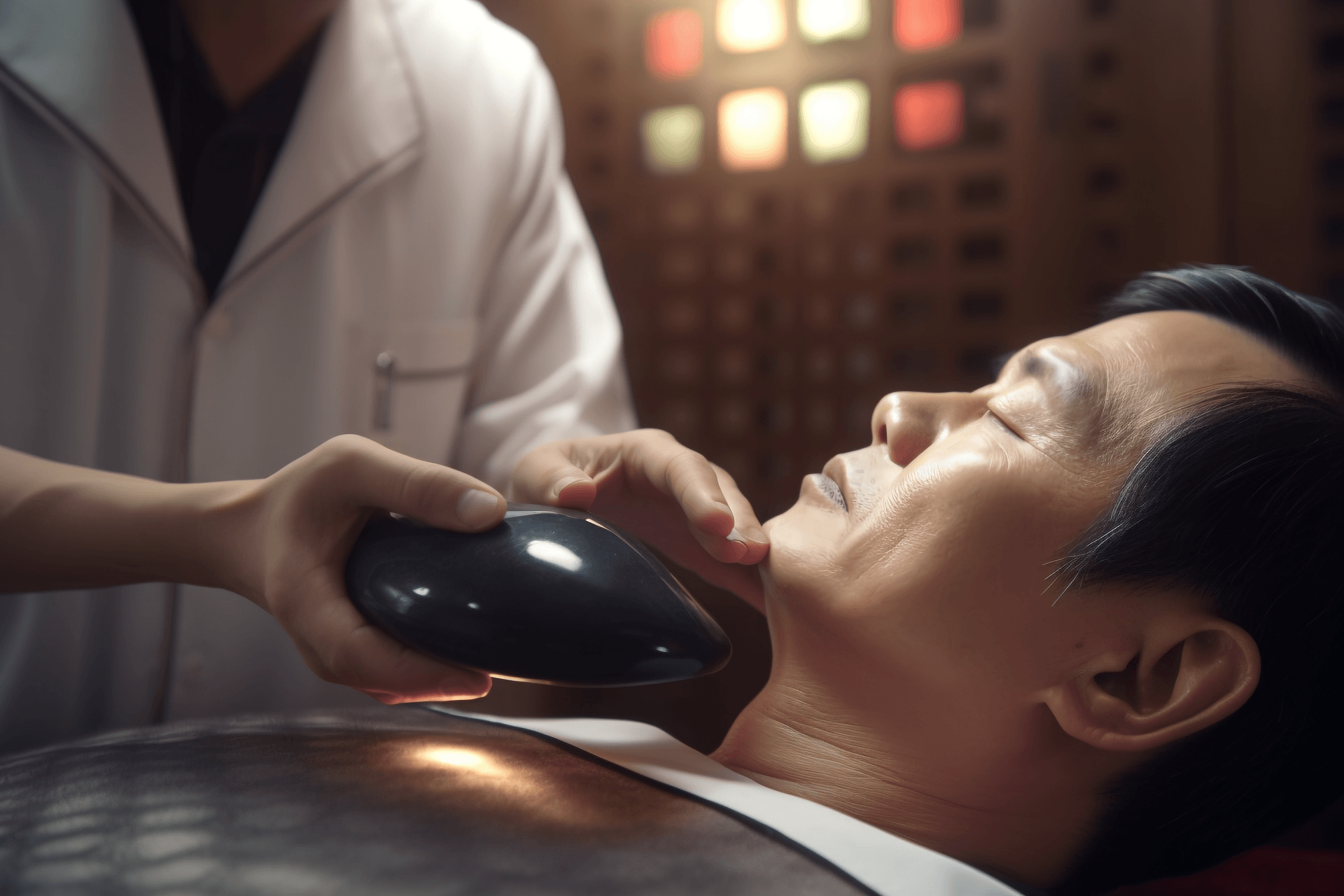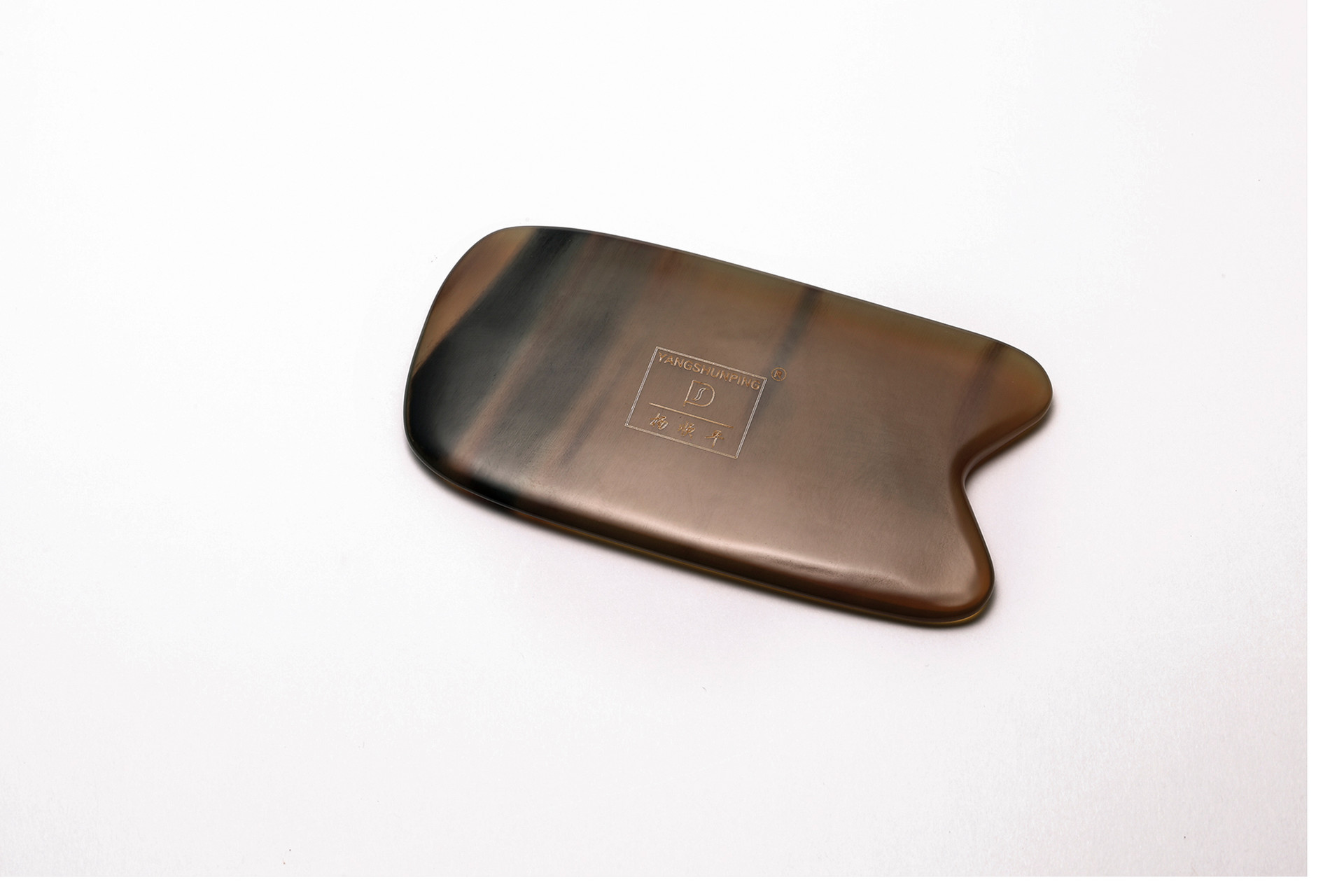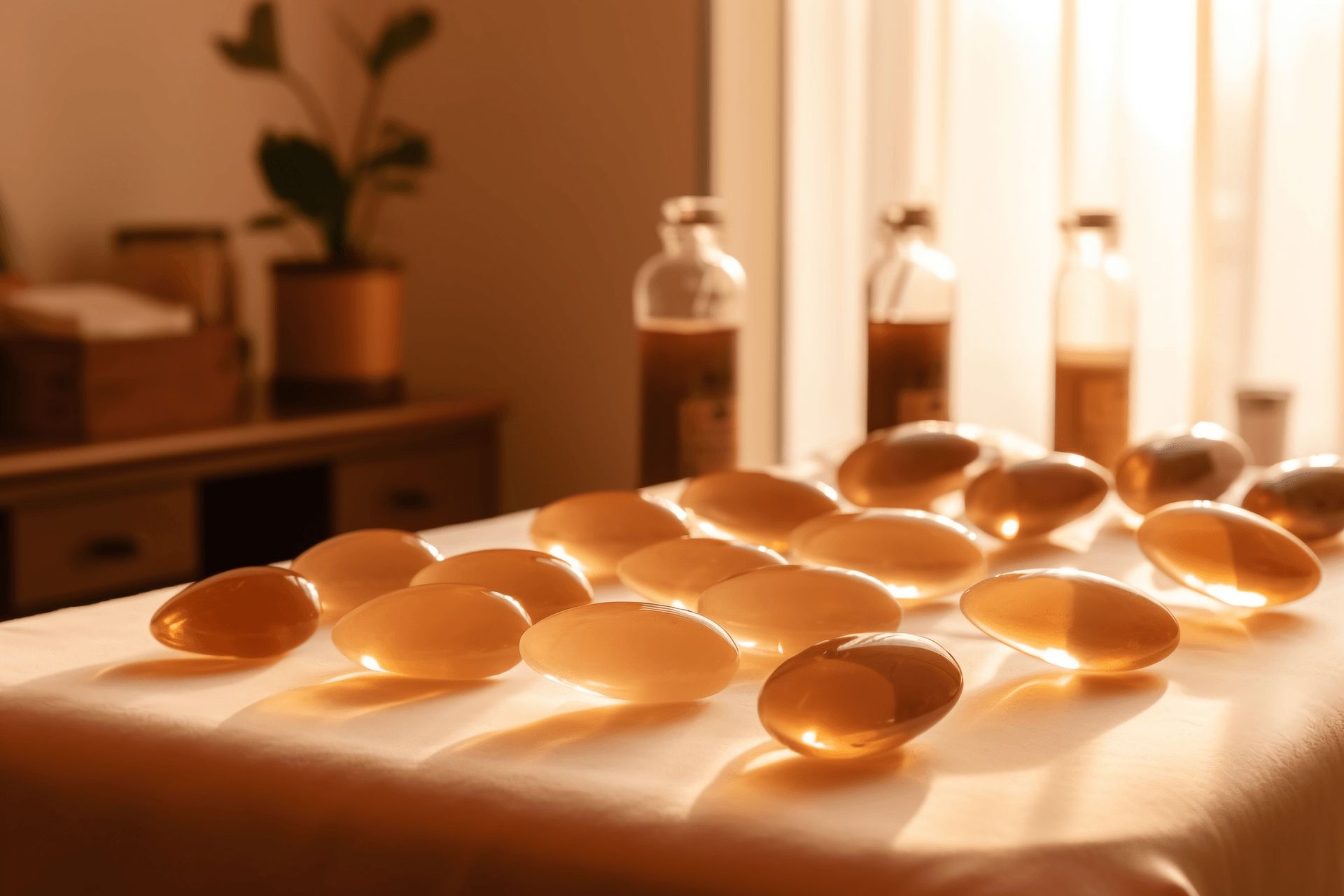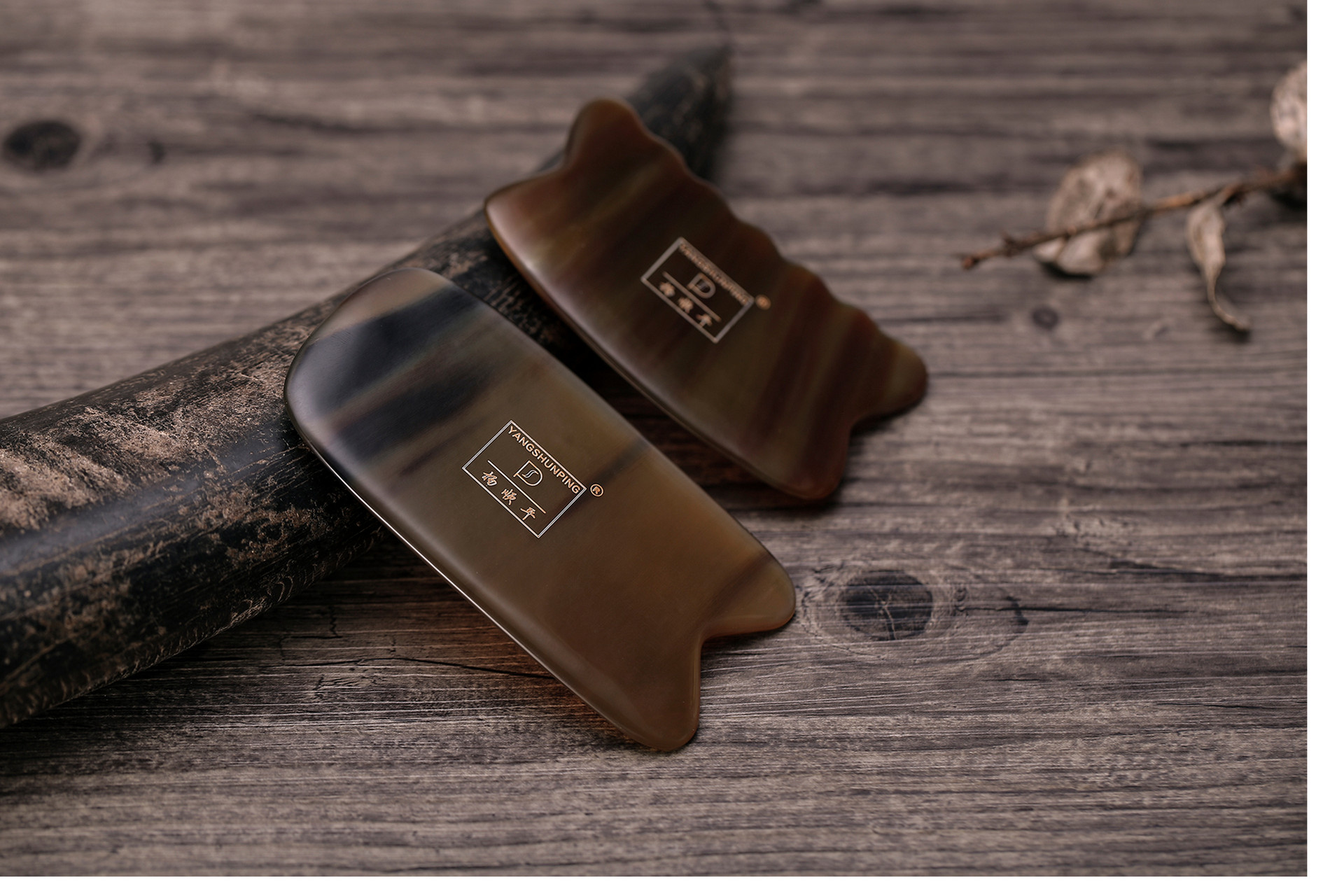Guasha is a method used in traditional Chinese medicine to treat and prevent diseases. If used correctly, it can help us stay healthy and live longer. However, if used incorrectly, it can lead to many misconceptions. So, what should we do? Let's explore some misconceptions about guasha together!
There are many misconceptions about guasha, and we should try to avoid them as much as possible, as they can potentially harm our bodies.
Misconception 1: The more Sha, the better
Guasha involves repeatedly scraping and rubbing the skin with a guasha board or spoon to promote local skin congestion, accelerate local blood circulation, and eliminate tissue inflammation. Many people believe that the more Sha (redness) appears during guasha, the better. However, this is not true.
The amount of Sha is influenced by various factors. Generally, blood stasis conditions, as well as conditions related to excess heat, tend to produce more Sha. On the other hand, conditions related to deficiency or coldness tend to produce less Sha. People who take excessive medication, especially those who use corticosteroids, may not produce much Sha. Additionally, individuals who are obese or have well-developed muscles may not produce much Sha. Finally, when the room temperature is low, the appearance of Sha may not be very obvious.
Therefore, if we blindly pursue the appearance of Sha and use excessive force or prolong the guasha time, it will only harm our bodies.
Misconception 2: The duration doesn't matter
Many people don't pay much attention to the duration of guasha. However, the duration is an important factor in determining the effectiveness of guasha. Health experts recommend scraping each area 15-30 times, with a duration of 3-5 minutes. For localized lesions or local health care, the duration is generally between 20-30 minutes. For full-body guasha, the duration should be around 40-50 minutes.
In addition, guasha should not be performed in a back-and-forth motion. Instead, it should be performed in a single direction, from top to bottom and from the inside to the outside. Also, due to the potential skin damage caused by guasha, it is recommended to wait for a certain period, usually around 5-7 days, before performing guasha again.
Misconception 3: Guasha is good for treating colds
Ms. Lin, who slept with the air conditioning on at night, woke up in the morning with a headache, nasal congestion, chills, neck and back pain, and fatigue. After receiving guasha treatment once, her symptoms disappeared. However, Mr. Liu, who also had a cold, became paler and weaker after performing guasha at home.
Why did guasha have such different effects on both individuals with the same condition? Experts explain that guasha treatment is generally effective for colds. However, if the cold is mainly characterized by fever, guasha alone is not recommended. It should be combined with medication. Moreover, the saying "scrape the head for a headache, scrape the feet for foot pain" is not appropriate.
For guasha treatment for a headache, it is necessary to rule out the presence of organic diseases in the head, so it is important to have a proper diagnosis at a hospital before performing guasha.
Misconception 4: Guasha doesn't cause discomfort
Many people view guasha as a simple form of massage, focusing only on its effectiveness without considering any possible discomfort. However, guasha treatment is similar to acupuncture and massage in that it stimulates the acupoints of the body. The only difference is the tool used. Therefore, it is possible to experience discomfort during guasha treatment.








